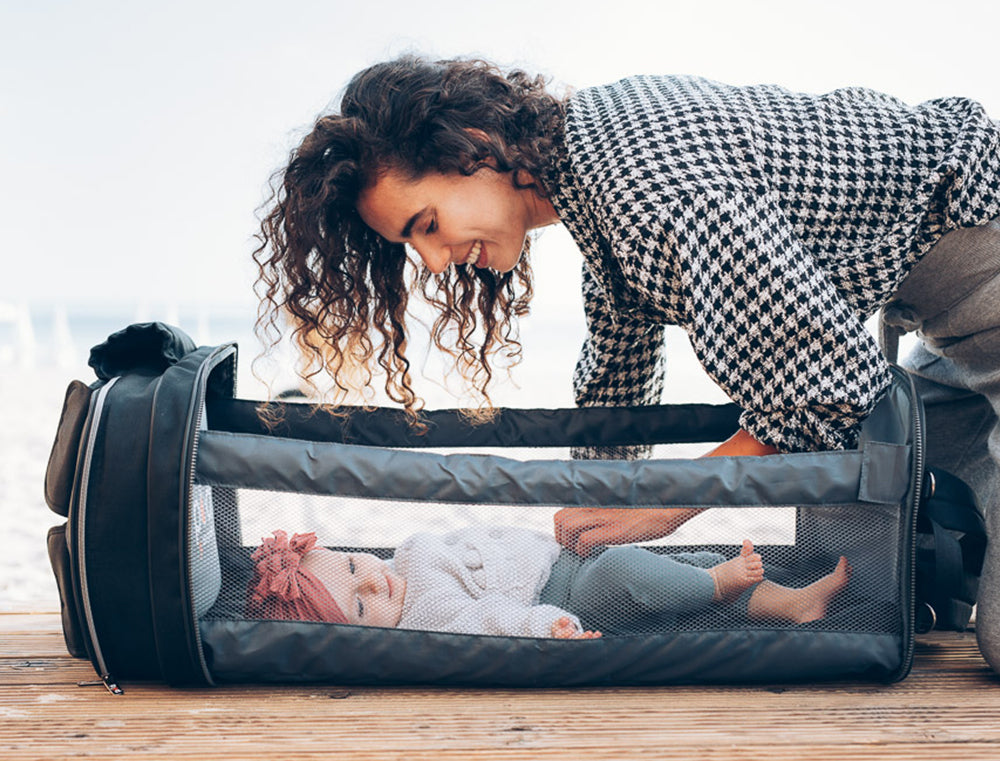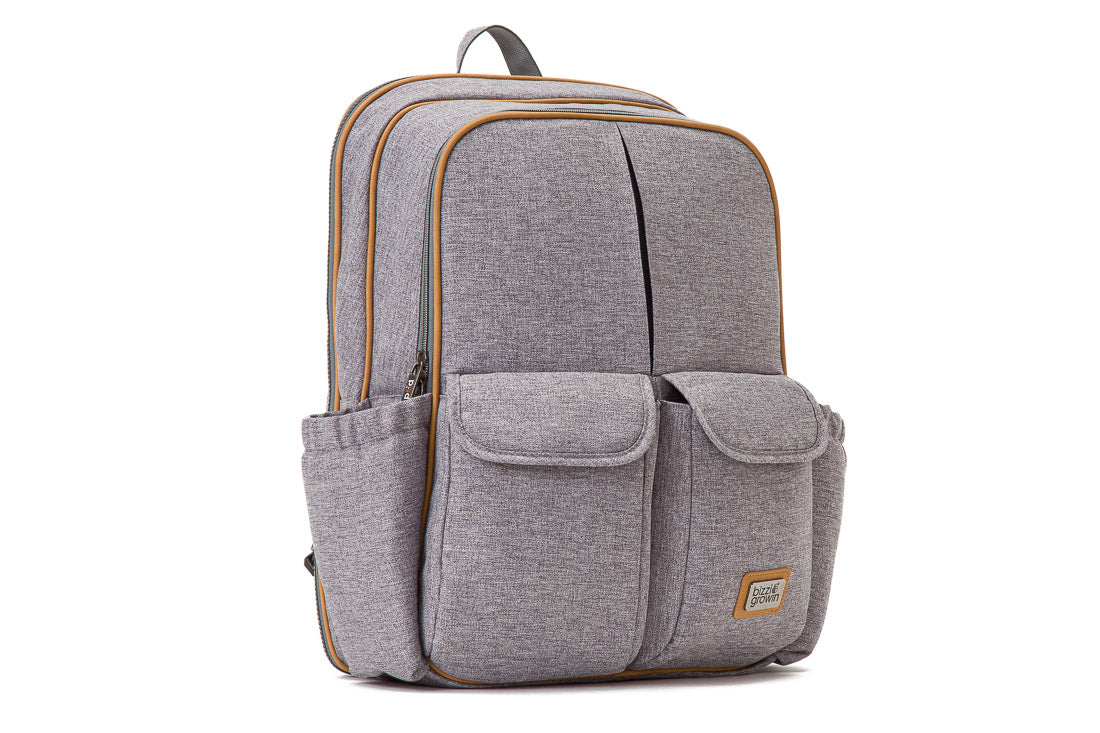Babywearing, the practice of carrying your baby close using a carrier, offers numerous benefits for all infants. For children with special needs, this practice can be particularly transformative, providing physical support, emotional comfort, and enhanced developmental opportunities. Understanding how to tailor babywearing to meet your child's unique requirements can foster a deeper bond and promote well-being for both parent and child.
Physical Support and Development
Children with conditions such as Down syndrome often experience hypotonia, or low muscle tone, which can affect posture and motor development. An ergonomic baby carrier that promotes the M shape position—where the baby's knees are higher than their hips—supports healthy hip development and aligns the spine correctly. This positioning is crucial for maintaining a hip-healthy posture, reducing the risk of hip dysplasia.
Emotional Comfort and Security
The close contact inherent in babywearing provides a secure environment for children who may experience sensory processing challenges or heightened anxiety. The rhythmic movement and proximity to a caregiver's heartbeat can soothe and regulate a child's emotions, facilitating better baby sleep and reducing stress. This closeness also fosters a sense of security, which is particularly beneficial for children with autism or attachment disorders.
Enhanced Social Interaction
Babywearing positions your child at eye level with others, encouraging social engagement and communication. This is especially advantageous for children with developmental delays, as it allows them to observe and participate in social interactions more readily. A front-facing baby carrier can be particularly useful once your child has developed sufficient head and neck control, enabling them to explore their environment and engage with the world around them.
Practical Considerations for Special Needs
When selecting a baby carrier for a child with special needs, consider the following factors:
- Adjustability: Choose a carrier that can be easily adjusted to accommodate your child's specific physical requirements and any assistive devices they may use.
- Supportive Design: Ensure the carrier provides adequate support for your child's head, neck, and spine, maintaining the M shape position to promote hip health.
- Comfort for Caregiver: Opt for a carrier that distributes the weight balance of the baby evenly to prevent strain, allowing for longer periods of comfortable babywearing.
- Sensory-Friendly Materials: Select carriers made from soft, breathable fabrics to prevent sensory discomfort. Gender-neutral colours can also be soothing and versatile for various settings.
Mindfulness and Mental Health Benefits
Engaging in babywearing can also support the mental health of caregivers. The practice encourages mindfulness, as it requires attunement to your child's needs and responses. This close connection can reduce parental stress and enhance emotional well-being, creating a positive feedback loop that benefits both parent and child.
Conclusion
Babywearing is a versatile and supportive practice that can be adapted to meet the unique needs of children with special needs. By providing physical support, emotional comfort, and opportunities for social engagement, it serves as a valuable tool in promoting holistic development and strengthening the parent-child bond. Selecting the appropriate carrier and being mindful of your child's specific requirements can make babywearing a rewarding experience for both of you.





























